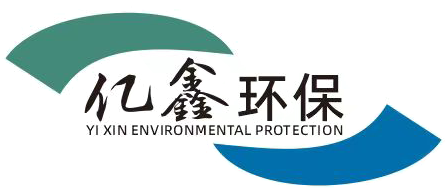26
2025
-
03
Analysis of dry desulfurization and denitrification technology
Author:
In the process of environmental protection, air pollution control has always been a key link, and dry desulfurization and denitrification technology, as an important pollution control method, plays a key role.
Traditional desulfurization and denitrification technologies mostly use wet methods, which consume a large amount of water resources and are prone to secondary pollution. In comparison, dry desulfurization and denitrification do not require water as a medium and has significant advantages. It directly adds solid absorbents or catalysts to the flue gas, and undergoes a chemical reaction with sulfur dioxide and nitrogen oxides in a dry environment, converting them into harmless substances to achieve the purpose of desulfurization and denitrification.
One of the core technologies of dry desulfurization and denitrification is activated carbon adsorption. Because activated carbon has a rich pore structure and a huge specific surface area, it has a strong adsorption capacity for sulfur dioxide and nitrogen oxides. During the adsorption process, the active sites on the surface of the activated carbon will react with pollutants, converting them into substances such as sulfuric acid and nitric acid, thereby achieving the effect of removing pollutants. In addition, after the activated carbon is saturated with adsorption, it can be regenerated by heating to achieve recycling, effectively reducing operating costs.
Another commonly used technology is selective catalytic reduction (SCR). Under the action of a catalyst, the reducing agent (such as ammonia) will selectively react with nitrogen oxides, reducing them to nitrogen and water. SCR technology has the characteristics of high denitrification efficiency, low reaction temperature, and stable operation, and is widely used in the power, steel, and cement industries.
The advantages of dry desulfurization and denitrification technology are not only reflected in the ability to remove pollutants, but also in the fact that it produces almost no wastewater or waste residue, avoiding the troubles of secondary pollution. In addition, this technology has a small footprint, simple equipment, and convenient operation, which can significantly reduce the construction and operating costs of environmental protection facilities for enterprises.
Yixin Environmental Protection, with its professional technical team, rich industry experience, and persistent pursuit of environmental protection, has achieved remarkable results in the field of dry desulfurization and denitrification. The company has independently developed advanced technologies and equipment, and can provide customized solutions for customers in different industries to help enterprises achieve green development and contribute to protecting the blue sky.






